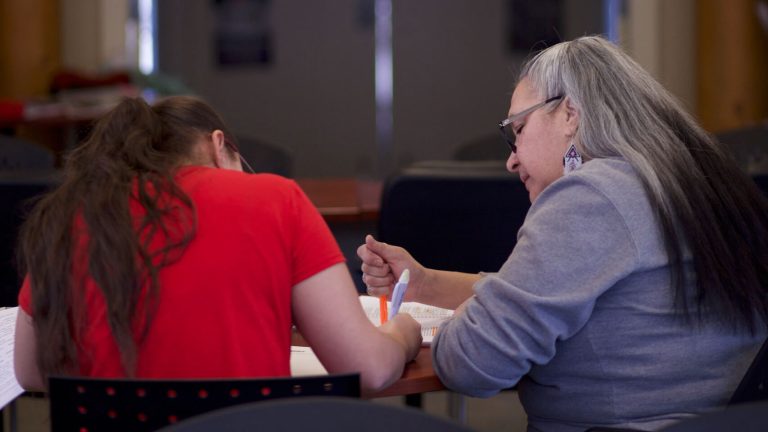
By Julie Rahmer, Learning, Research & Engagement Lead,
Brainstorm Strategy Group
4-minute read
“What’s taking so long?”
“Did they even read my application?”
“Why haven’t I heard back yet?”
These are the questions students often ask once they’ve clicked “submit” — and as career professionals, we don’t always have a clear answer.
At the Employer Relations Forum, recruiters from Arcadis, Medtronic, and Formlabs pulled back the curtain on what happens after students apply. Their insights offer practical tips to help career advisors and employer relations professionals coach students more effectively and build stronger employer partnerships — especially as the fall recruitment season slows down and many students are still waiting to hear back.
1. Application Review Starts with Automation — But Not Entirely
Most employers rely on Applicant Tracking Systems (ATS) to sort large volumes of applications, filtering for keywords, eligibility, graduation dates, and location.
But as Lindsay Dow (Arcadis) explained, “We hire a lot of different engineering students… and typically, we hire a lot of co-op students and interns.” Recruiters still manually review qualified applications to assess alignment and potential fit.
Brooke Hoger (Formlabs) added: “Students who take the time to connect their story to our needs stand out every time.”
Coaching tip: Help students understand that tailoring their application matters more than sending out dozens of generic ones.
2. Multi-Round Screening Is Common
For students who make it through the first filter, several additional steps may follow:
- Pre-recorded or live interviews
- Skills-based assessments or case studies
- Structured rubrics and scorecards designed to ensure fairness and reduce bias
Coaching tip: Prepare students for a structured, multi-step process. It’s not just about getting an interview — it’s about being ready for each stage.
3. Recruiters Advocate Internally for Students
Recruiters aren’t the only ones making hiring decisions. They act as liaisons between students and hiring managers, many of whom may not be familiar with early-career talent or campus recruiting timelines.
Elizabeth Diley (Medtronic) shared that much of the recruiter’s role involves educating internal stakeholders — helping hiring managers understand student potential and the realities of campus recruitment.
Coaching tip: Strong relationships with recruiters can help ensure your students are seen — and understood — during internal conversations.
4. Timing and Communication Vary Widely
Even the best-organized hiring processes are affected by:
- Internal hiring freezes
- Budget changes
- Shifting business priorities
Students may face delays, ghosting, or inconsistent updates. Recruiters acknowledge how frustrating this can be, but much of it is outside their control.
Coaching tip: Set realistic expectations early. Students who understand the process are less likely to disengage during the waiting period.
5. What Advisors (and Students) Should Know Now
With recruitment activity slowing down, this is the perfect time to reinforce key lessons:
- Tailored applications matter more than volume.
- Not following instructions is often an instant disqualifier.
- Thoughtful, well-prepared questions can help candidates stand out.
- Faculty or Employer Relations staff referrals can still make a difference, especially for new grads and interns.
Final Thoughts
Behind every job posting is a structured, collaborative, and often slower-than-expected process. Giving students insight into this reality can make a big difference in how they prepare and how they wait.
As Lindsay Dow (Arcadis) put it: “There’s a lot happening behind the curtain. The more we can help students understand that, the better prepared they’ll be.”





